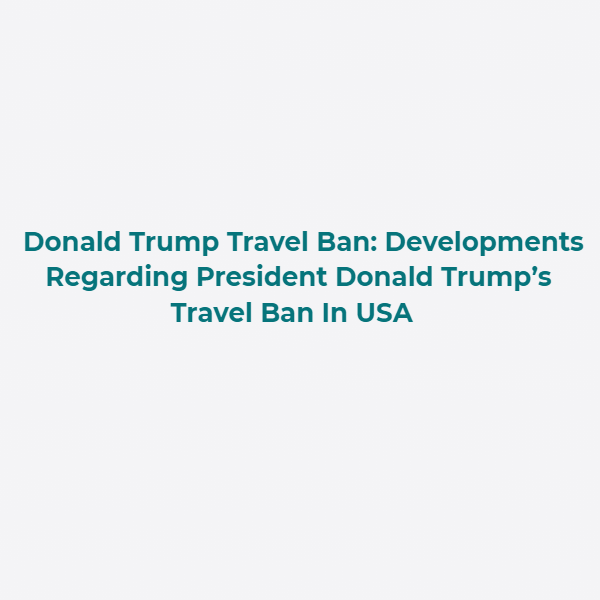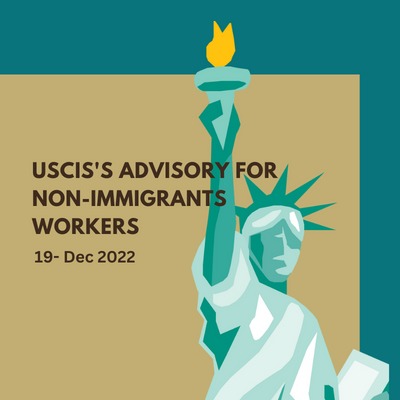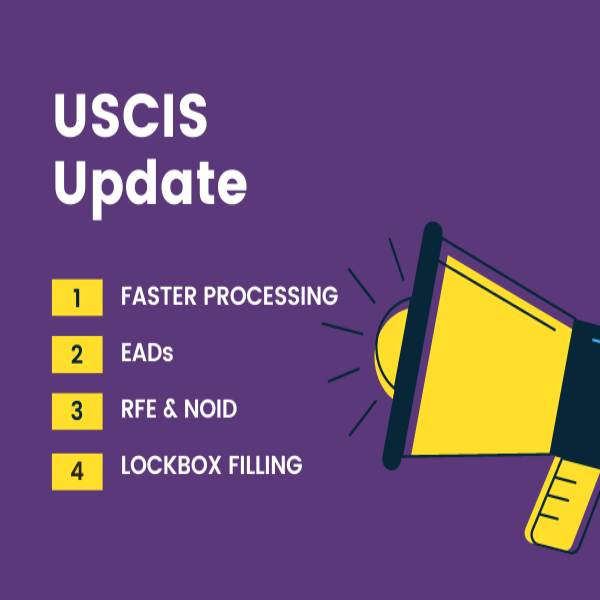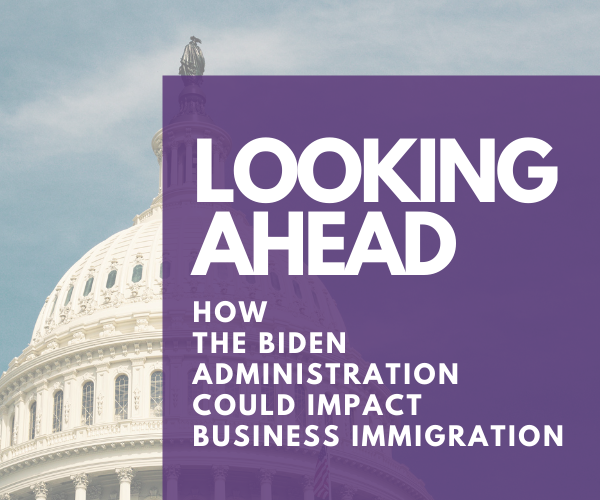President Donald Trump may not have been in office for long, but he has stirred up controversy in his tenure so far. This is particularly true of the executive order signed on January 27, 2017. This executive order, titled ‘Protecting the Nation from Foreign Terrorist Entry into the United States’, denies seven countries (Libya, Iraq, Iran, Syria, Sudan, Somalia, and Yemen) entry into the United States for 90 days; the executive order also adjourns the U.S. Refugee Admissions Program (USRAP) for 120 days. However, just a week into the implementation of the executive order, the Trump administration faced its first legal challenge when a federal judge (Judge James Louis Robart) decided to rule against the immigration ban, temporary banning the immigration ban.
Timeline
January 27, 2017 – The executive order that has come to be popularly known as the travel or immigration ban was signed by President Trump. Titled Protecting the Nation from Foreign Terrorist Entry into the United Statesis known asExecutive Order 13769.
January 28 to January 31 – Almost 50 cases were filed against the executive order13769. The courts, therefore, allowed temporary respite. The state of Washington and later the state of Minnesota filed a legal challenge (State of Washington v. Trump and later State of Washington & State of Minnesota v. Trump) against President Trump’sexecutive order. In all, the states of Washington and Minnesota alleged ten causes of action (nine originally).
February 3, 2017 – On Friday night, February 3rd, US District Judge James Robart, who was appointed by former president George W. Bush, presiding in the State of Washington v. Trumpgranted a nationwide temporary restraining order that halted President Donald Trump’s immigrant ban. Judge James Robart is a U.S. federal Judge in the U.S. District Court for the Western District of Washington. This TOR (temporary restraining order) blocked several keyparts of the executive order.
February 4, 2017 – On Saturday, February 4th, the DHS said it has stopped carrying out the executive order. The State Department also restored all visas that were adjourned due to the executive order.
The Justice Department also sought an emergency stay to undo the rulings of Judge James Robart that restrained the executive order.
February 7, 2017 – United States Court of Appeals for the Ninth Circuit denied the emergency stay to reverse the TOR (temporary restraining order).
February 9, 2017 – The Judicial three-judge panel of the theU.S.Court of Appeals for the Ninth Circuitwith the agreement of all judges on the panel repudiated the appeal for a stay to reverse the temporary restraining order.
February 13, 2017– In the case of Aziz v. Trump, Judge Leonie Brinkema of the U.S. District Court for Eastern District of Virginia ruled against the travel ban, since the travel ban was deemed biased against Muslims.
Causes of Actions Alleged by the State of Washington And Minnesota In The Case Washington V. Trump(later the State Of Washington And State Of Minnesota V. Trump)
- That the Executive Order 13769, titled Protecting the Nation from Foreign Terrorist Entry into the United States, failed to comply with the Due Process Clause of the Fifth Amendment since it repudiates the equal protection of the laws,
- That the Executive Order 13769failed to comply with the Establishment Clause of the First Amendment since it showed preference to one religion over another,
- That the Executive Order 13769 failed to comply withthe Fifth Amendment right to procedural due process.
- That the immigration ban denying of asylum and suppression of removal failed to comply with the Immigration and Nationality Act,
- That the Executive Order 13769’s biased visa processes failed to comply withthe Immigration and Nationality Act,
- That the Executive Order 13769failed to comply withthe federal statutory law that executes the United Nations Convention against Torture,
- That the Executive Order 13769failed to comply withthe Religious Freedom Restoration Act,
- That Executive Order 13769 is a procedural contravention to the Administrative Procedure Act,
- And a substantive contravention to the Administrative Procedure Act,
- Finally, the immigration ban failed to comply with the Tenth Amendment.






